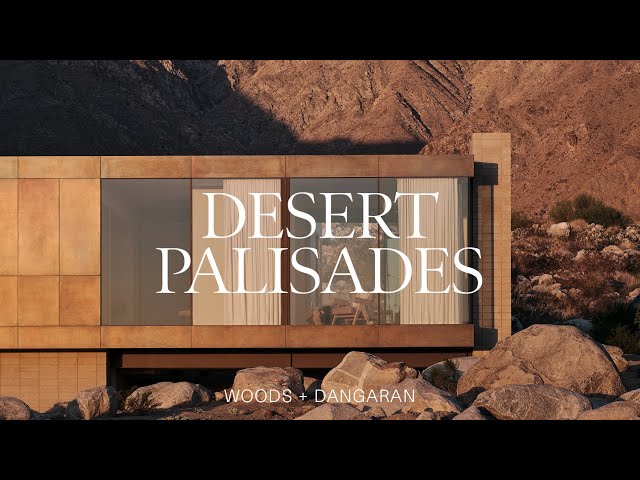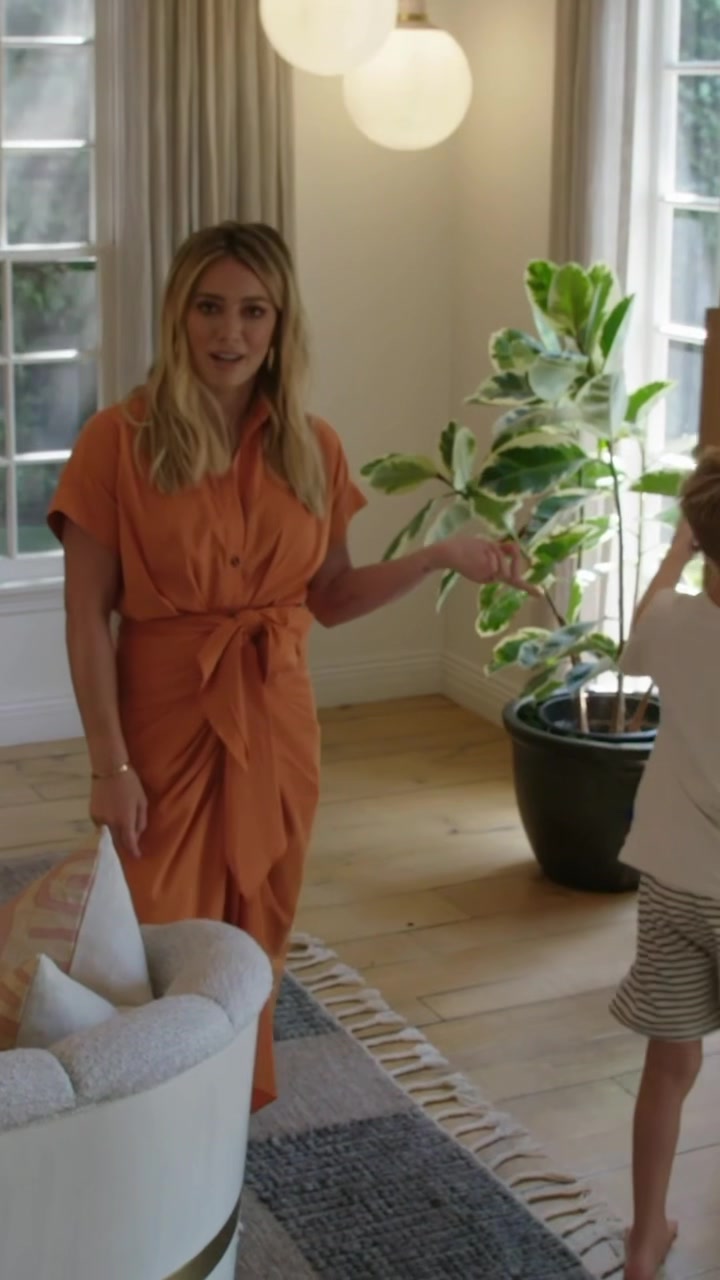Beach House on Hill Overlooking Ocean Ligar Bay House
Project: Ligar Bay Bach House
Architects: Young Architects https://www.young.co.nz/
Photographs: Jason Mann Photography https://www.jmannphoto.com/
Manufacturers: AutoDesk, APCG Polished Concrete, Abodo timber cladding, Golden Bay Cement, Metro Performance Glass
Lead Architects: Greg Young, ANZIA
Location: Ligar Bay, New Zealand
The architects received a clear and visually appealing brief from experienced clients in the design and construction field. They were also given the opportunity to explore innovative technical solutions.
The site presented challenges as it was steep and unstable. Design and planning had to be meticulous, taking into consideration the historical significance. Moving between the different spaces on the site was designed to feel like a journey, enhancing the vacation-like experience. It's reminiscent of navigating between tents nestled among the trees. One of the main requirements was to ensure separation between different areas, and the steep terrain allowed for the Ligar Bay Bach's pavilions to have unobstructed views of the ocean and coastline.
The design allows for flexibility in how the spaces are used. The private suite is distinct from the main pavilion, and there are two bedrooms adjacent to the living area. Additionally, there's potential to add another bedroom on the lower level in the future if necessary.
The architectural design focuses on breaking up the bulk of the building with elements like depth, transparency, and reflectance. The choice of materials plays a significant role in the design. The structure combines concrete, timber, and steel, and these materials are also highlighted in the finishing touches. The design embraces the inherent beauty of these materials as part of the overall aesthetic.
Sustainability was a key consideration. The primary materials used were locally sourced, including low-carbon Golden Bay cement and plantation-grown timber. This choice minimized the environmental impact of the home. The architects paid close attention to thermal bridging and ensured that heating requirements were kept to a minimum. Cooling is mainly achieved through passive means, with skylights acting as chimney vents and open walls creating natural breezeways.
In essence, the result is a holiday home with separate private areas that can be rented out when not in use. It's like a modern jungle treehouse, blending harmoniously with its natural surroundings.
Architects: Young Architects https://www.young.co.nz/
Photographs: Jason Mann Photography https://www.jmannphoto.com/
Manufacturers: AutoDesk, APCG Polished Concrete, Abodo timber cladding, Golden Bay Cement, Metro Performance Glass
Lead Architects: Greg Young, ANZIA
Location: Ligar Bay, New Zealand
The architects received a clear and visually appealing brief from experienced clients in the design and construction field. They were also given the opportunity to explore innovative technical solutions.
The site presented challenges as it was steep and unstable. Design and planning had to be meticulous, taking into consideration the historical significance. Moving between the different spaces on the site was designed to feel like a journey, enhancing the vacation-like experience. It's reminiscent of navigating between tents nestled among the trees. One of the main requirements was to ensure separation between different areas, and the steep terrain allowed for the Ligar Bay Bach's pavilions to have unobstructed views of the ocean and coastline.
The design allows for flexibility in how the spaces are used. The private suite is distinct from the main pavilion, and there are two bedrooms adjacent to the living area. Additionally, there's potential to add another bedroom on the lower level in the future if necessary.
The architectural design focuses on breaking up the bulk of the building with elements like depth, transparency, and reflectance. The choice of materials plays a significant role in the design. The structure combines concrete, timber, and steel, and these materials are also highlighted in the finishing touches. The design embraces the inherent beauty of these materials as part of the overall aesthetic.
Sustainability was a key consideration. The primary materials used were locally sourced, including low-carbon Golden Bay cement and plantation-grown timber. This choice minimized the environmental impact of the home. The architects paid close attention to thermal bridging and ensured that heating requirements were kept to a minimum. Cooling is mainly achieved through passive means, with skylights acting as chimney vents and open walls creating natural breezeways.
In essence, the result is a holiday home with separate private areas that can be rented out when not in use. It's like a modern jungle treehouse, blending harmoniously with its natural surroundings.
People In This Video
No users are tagged in this video




